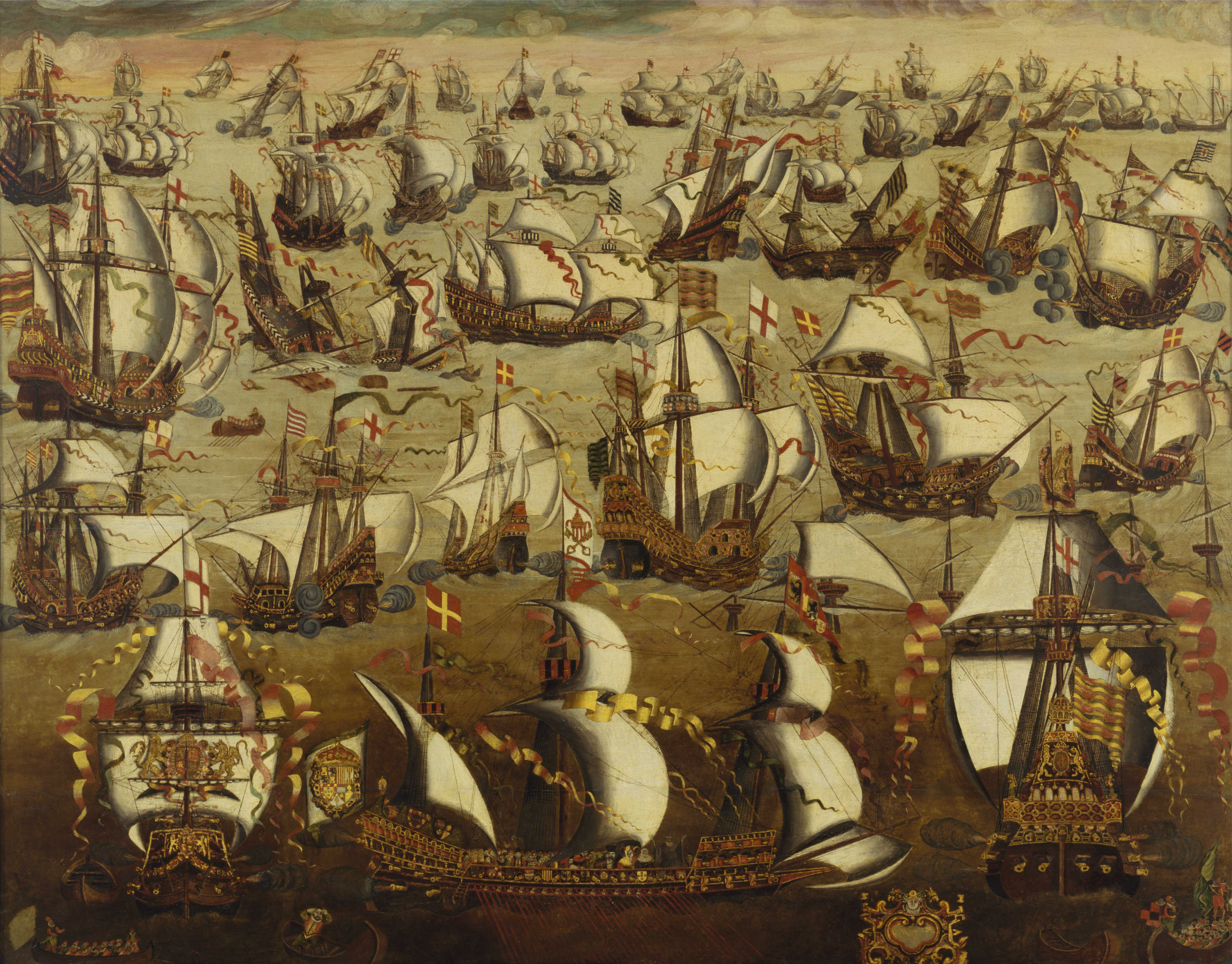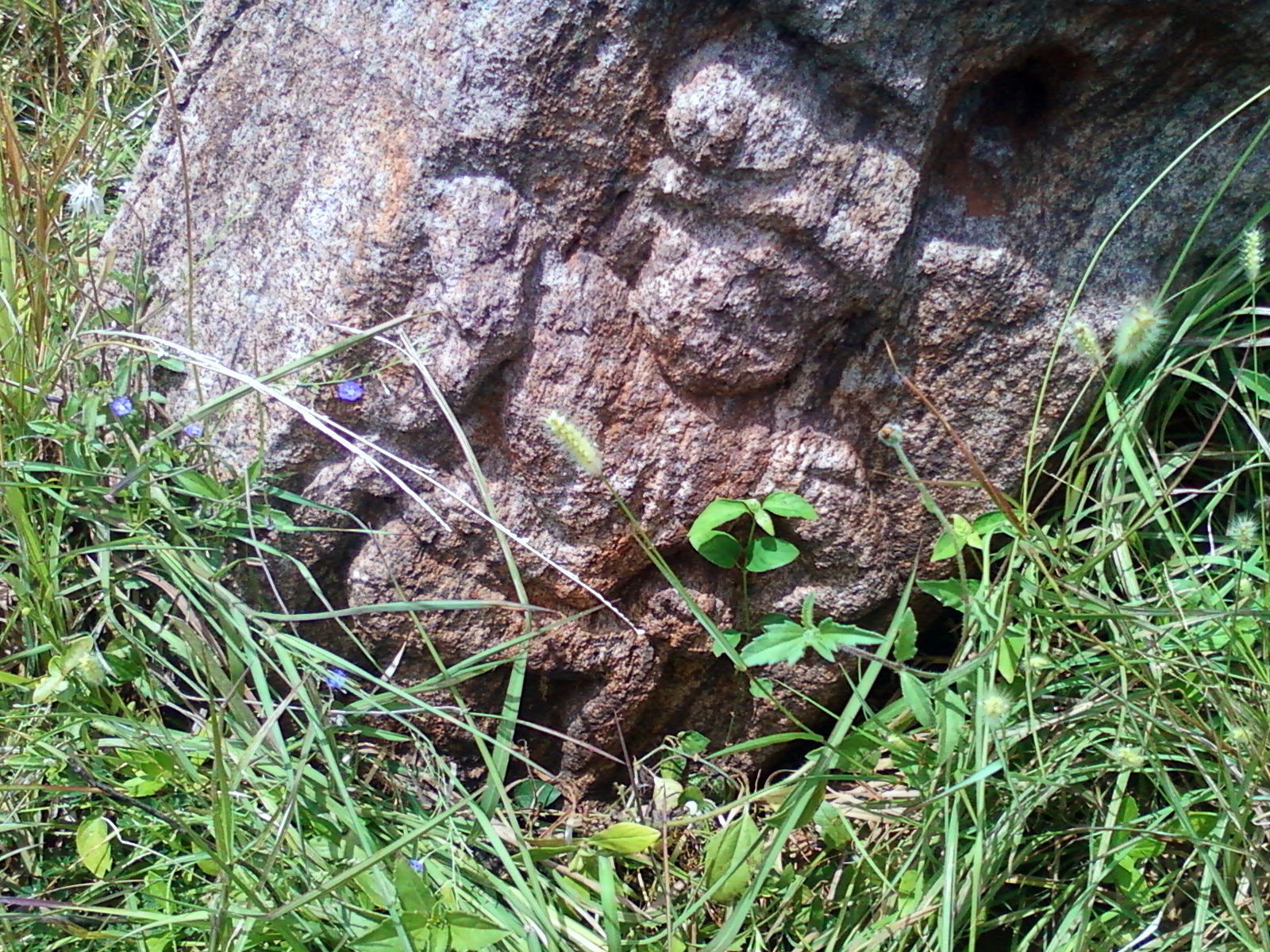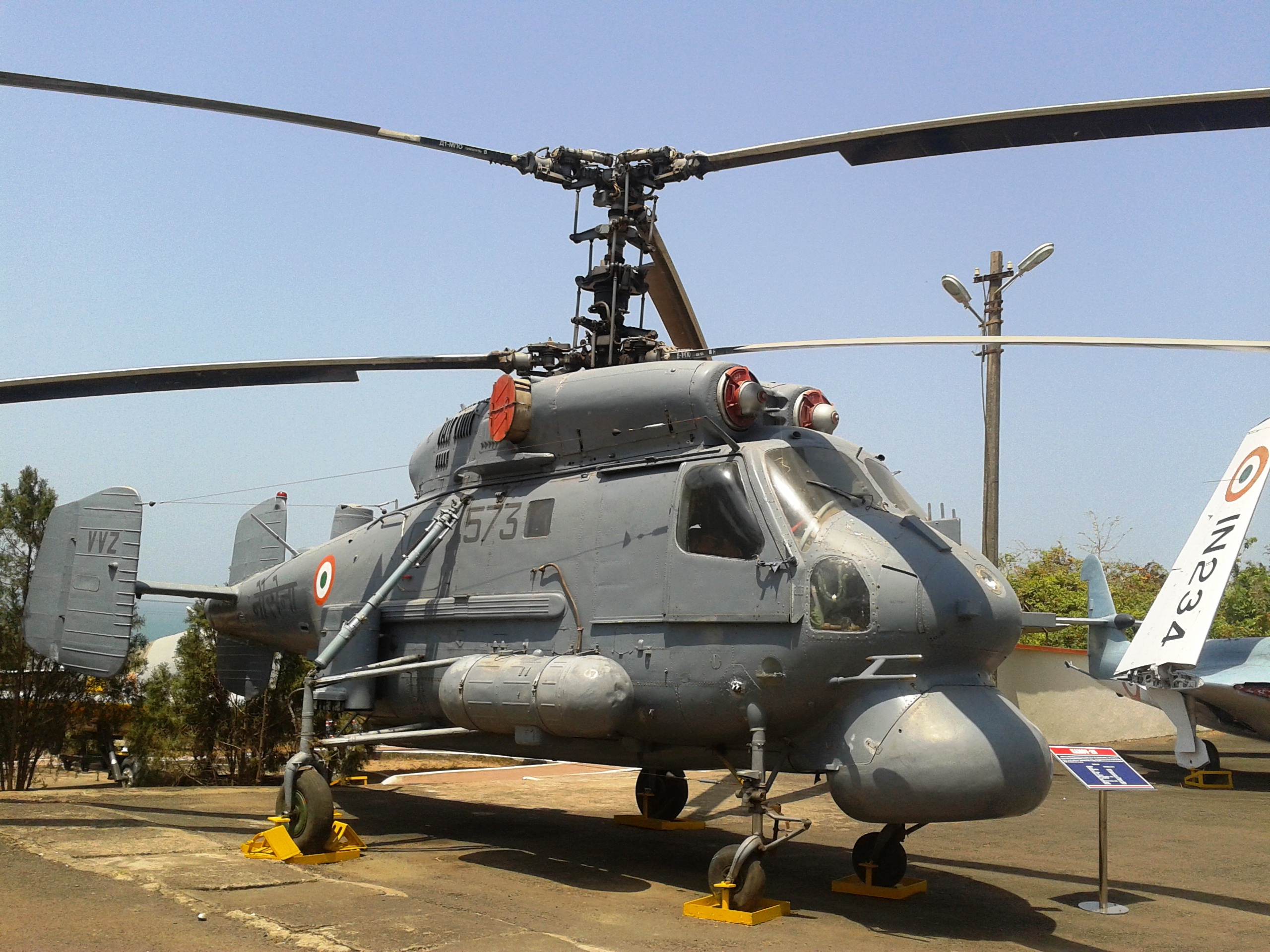|
INAS 333
The INAS 333 is an Indian naval air squadron based at INS Dega, Visakhapatnam . History INAS 333 was commissioned at Goa on 11 December 1980 by V Adm O P Dawson. The squadron crest depicts an Eagle gripping a torpedo in its talons against a background of two crossed rotors. INAS 333 was commissioned with the Kamov Ka-25 helicopter and is a dedicated ASW helicopter squadron. The Kamov Ka-28 helicopters were inducted into the Squadron in 1989. Kamov helicopters are designed to operate from the decks of Kashin class destroyers and the carrier. INAS 333 was shifted to INS Dega, Visakhapatnam , image_alt = , image_caption = From top, left to right: Visakhapatnam aerial view, Vizag seaport, Simhachalam Temple, Aerial view of Rushikonda Beach, Beach road, Novotel, Novotel Visakhapatnam, INS Kursura (S20), INS ... in the year 2000 along with the Kamov Ka-25s and has been operating from there ever since. The Ka-25s which were with the squadron since it ... [...More Info...] [...Related Items...] OR: [Wikipedia] [Google] [Baidu] |
Naval Ensign Of India
A navy, naval force, or maritime force is the branch of a nation's armed forces principally designated for naval and amphibious warfare; namely, lake-borne, riverine, littoral, or ocean-borne combat operations and related functions. It includes anything conducted by surface ships, amphibious ships, submarines, and seaborne aviation, as well as ancillary support, communications, training, and other fields. The strategic offensive role of a navy is projection of force into areas beyond a country's shores (for example, to protect sea-lanes, deter or confront piracy, ferry troops, or attack other navies, ports, or shore installations). The strategic defensive purpose of a navy is to frustrate seaborne projection-of-force by enemies. The strategic task of the navy also may incorporate nuclear deterrence by use of submarine-launched ballistic missiles. Naval operations can be broadly divided between riverine and littoral applications (brown-water navy), open-ocean applications (blue- ... [...More Info...] [...Related Items...] OR: [Wikipedia] [Google] [Baidu] |
Indian Navy
The Indian Navy is the maritime branch of the Indian Armed Forces. The President of India is the Supreme Commander of the Indian Navy. The Chief of Naval Staff, a four-star admiral, commands the navy. As a blue-water navy, it operates significantly in the Persian Gulf Region, the Horn of Africa, the Strait of Malacca, and routinely conducts anti-piracy operations and partners with other navies in the region. It also conducts routine two to three month-long deployments in the South and East China seas as well as the western Mediterranean sea simultaneously. The primary objective of the navy is to safeguard the nation's maritime borders, and in conjunction with other Armed Forces of the union, act to deter or defeat any threats or aggression against the territory, people or maritime interests of India, both in war and peace. Through joint exercises, goodwill visits and humanitarian missions, including disaster relief, the Indian Navy promotes bilateral relations between n ... [...More Info...] [...Related Items...] OR: [Wikipedia] [Google] [Baidu] |
INS Hansa
INS Hansa, is an Indian naval air station located near Dabolim in Goa, India. Data current as of October 2006. It is India's biggest naval airbase. The military air base has a civil enclave, that operates as Dabolim Airport. History ''INS Hansa'' was commissioned on 5 September 1961 at Sulur near Coimbatore, Tamil Nadu. It was initially co-located with the Sulur Air Force Station of the Indian Air Force. It was then home to INAS 551 squadron, operating de Havilland Vampire aircraft, as well as training establishments for Hawker Sea Hawk and Breguet Alizé aircraft. After the annexation of Goa in December 1961, INS Hansa was transferred to Dabolim. In 1983, the Indian Navy began inducting the BAE Sea Harrier into service, basing training activities at Dabolim until the Harriers were retired in 2016. Now the base houses MiG-29KUBs, the tandem two-seat operational trainer variant of the carrier based MIG-29Ks. The aircraft has been inducted into the Navy with a complement ... [...More Info...] [...Related Items...] OR: [Wikipedia] [Google] [Baidu] |
INS Dega
INS ''Dega'' , is a naval air station of the Indian Navy. It is located in Visakhapatnam, Andhra Pradesh on the east coast of India. History The Indian Navy initially started aviation operations in Visakhapatnam in the late 1970s, with the construction of four helipads adjacent to the civil airfield. The civilian Visakhapatnam Airport was transferred to the Directorate General of Civil Aviation in 1981. The air station was then called Naval Air Station, Visakhapatnam. Additional hangars, maintenance facilities and an operations complex were constructed soon after. On 21 October 1991, the air station was renamed and formally commissioned as INS ''Dega'' by then Vice Admiral Laxminarayan Ramdas. It is named for the Telugu language word for a big and powerful bird of the eagle family. Units Indian naval air squadrons based at INS ''Dega'' include: * INAS 551, a fighter training squadron BAE Hawk AJT aircraft * INAS 311, a reconnaissance squadron operating Dornier 228 air ... [...More Info...] [...Related Items...] OR: [Wikipedia] [Google] [Baidu] |
Visakhapatnam
, image_alt = , image_caption = From top, left to right: Visakhapatnam aerial view, Vizag seaport, Simhachalam Temple, Aerial view of Rushikonda Beach, Beach road, Novotel Visakhapatnam, INS Kursura submarine museum, Vizag skyline, Kambalakonda wildlife sanctuary , etymology = , nickname = The City of DestinyThe Jewel of the East Coast , image_map = , map_caption = , pushpin_map = India Visakhapatnam#India Andhra Pradesh#India#Asia#Earth , pushpin_label_position = left , pushpin_map_alt = , pushpin_map_caption = , coordinates = {{coord, 17, 42, 15, N, 83, 17, 52, E, display=inline,title , subdivision_type = Country , subdivision_name = {{flag, India , subdivision_type1 = State , subdivision_name1 = Andhra Pradesh , subdivision_type2 = Districts , subdivision_name2 = Visakhapatnam, Anaka ... [...More Info...] [...Related Items...] OR: [Wikipedia] [Google] [Baidu] |
Kamov Ka-25
The Kamov Ka-25 ( NATO reporting name "Hormone") is a naval helicopter, developed for the Soviet Navy in the USSR from 1958. Design and development In the late 1950s there was an urgent demand for anti-submarine helicopters for deployment on new ships equipped with helicopter platforms entering service with the Soviet Navy. Kamov's compact design was chosen for production in 1958. To speed the development of the new anti-submarine helicopter Kamov designed and built a prototype to prove the cabin and dynamic components layout; designated Ka-20, this demonstrator was not equipped with mission equipment, corrosion protection or shipboard operational equipment. The Ka-20 was displayed at the 1961 Tushino Aviation Day display. Definitive prototypes of the Ka-25 incorporated mission equipment and corrosion protection for the structure. The rotor system introduced aluminium alloy blades pressurised with nitrogen for crack detection, lubricated hinges, hydraulic powered controls, a ... [...More Info...] [...Related Items...] OR: [Wikipedia] [Google] [Baidu] |
Kamov Ka-28
The Kamov Ka-27 ( NATO reporting name 'Helix') is a military helicopter developed for the Soviet Navy, and currently in service in various countries including Russia, Ukraine, Vietnam, China, South Korea, and India. Variants include the Ka-29 assault transport, the Ka-28 downgraded export version, and the Ka-32 for civilian use. Design and development The helicopter was developed for ferrying and anti-submarine warfare. Design work began in 1969 and the first prototype flew in 1973. It was intended to replace the decade-old Kamov Ka-25, and had to have identical or inferior external dimensions compared to its predecessor. Like other Kamov military helicopters it has coaxial rotors, removing the need for a tail rotor. In total, five prototypes and pre-series helicopters were built. Series production started at Kumertau in July 1979, and the new helicopter officially entered service with the Soviet Navy in April 1981. The Ka-27 has a crew of three with a pilot and a navigato ... [...More Info...] [...Related Items...] OR: [Wikipedia] [Google] [Baidu] |
Kamov Ka-27
The Kamov Ka-27 (NATO reporting name 'Helix') is a military helicopter developed for the Soviet Navy, and currently in service in various countries including Russia, Ukraine, Vietnam, China, South Korea, and India. Variants include the Ka-29 assault transport, the Ka-28 downgraded export version, and the Ka-32 for civilian use. Design and development The helicopter was developed for ferrying and anti-submarine warfare. Design work began in 1969 and the first prototype flew in 1973. It was intended to replace the decade-old Kamov Ka-25, and had to have identical or inferior external dimensions compared to its predecessor. Like other Kamov military helicopters it has coaxial rotors, removing the need for a tail rotor. In total, five prototypes and pre-series helicopters were built. Series production started at Kumertau in July 1979, and the new helicopter officially entered service with the Soviet Navy in April 1981. The Ka-27 has a crew of three with a pilot and a navigator b ... [...More Info...] [...Related Items...] OR: [Wikipedia] [Google] [Baidu] |
Kashin-class Destroyer
The Kashin class, Soviet designation Project 61, were series of anti-aircraft guided-missile destroyers built for the Soviet Navy since the 1960s. , no ships remain in service with the Russian Navy, but three modified ships continue in service with the Indian Navy as s. In the Soviet Union they were officially classified as "guard ships" (''storozhevoi korabl'' – SKR), then "large ASW ships" (BPK) or "large missile ships" (BRK), but in the rest of world they are commonly regarded as missile destroyers due to their size and armament. They were the first Soviet purpose-built anti-air warfare ships and the first to carry an ASW helicopter. Design The design specification was approved in 1957; the first ship was laid down in 1959 and commissioned in 1962. Many new components were developed for these ships, including surface-to-air missiles, radars, and gas turbine engines. The gas turbines were arranged in two separate spaces and could be removed via the funnels for servici ... [...More Info...] [...Related Items...] OR: [Wikipedia] [Google] [Baidu] |
Aircraft Squadrons Of The Indian Navy
An aircraft is a vehicle that is able to flight, fly by gaining support from the Atmosphere of Earth, air. It counters the force of gravity by using either Buoyancy, static lift or by using the Lift (force), dynamic lift of an airfoil, or in a few cases the Powered lift, downward thrust from jet engines. Common examples of aircraft include airplanes, helicopters, airships (including blimps), Glider (aircraft), gliders, Powered paragliding, paramotors, and hot air balloons. The human activity that surrounds aircraft is called ''aviation''. The science of aviation, including designing and building aircraft, is called ''aeronautics.'' Aircrew, Crewed aircraft are flown by an onboard Aircraft pilot, pilot, but unmanned aerial vehicles may be remotely controlled or self-controlled by onboard computers. Aircraft may be classified by different criteria, such as lift type, Powered aircraft#Methods of propulsion, aircraft propulsion, usage and others. History Flying model craft an ... [...More Info...] [...Related Items...] OR: [Wikipedia] [Google] [Baidu] |




